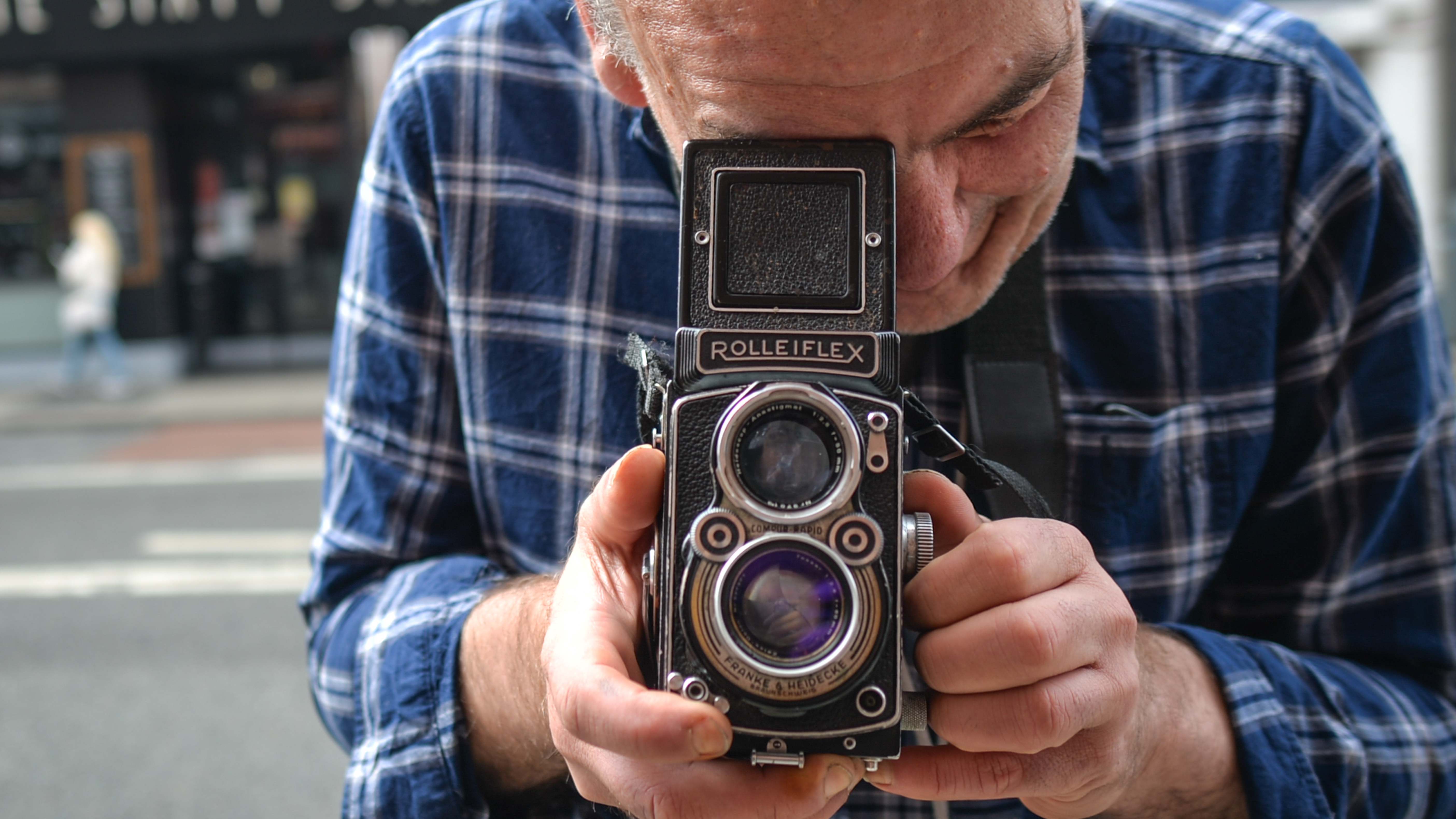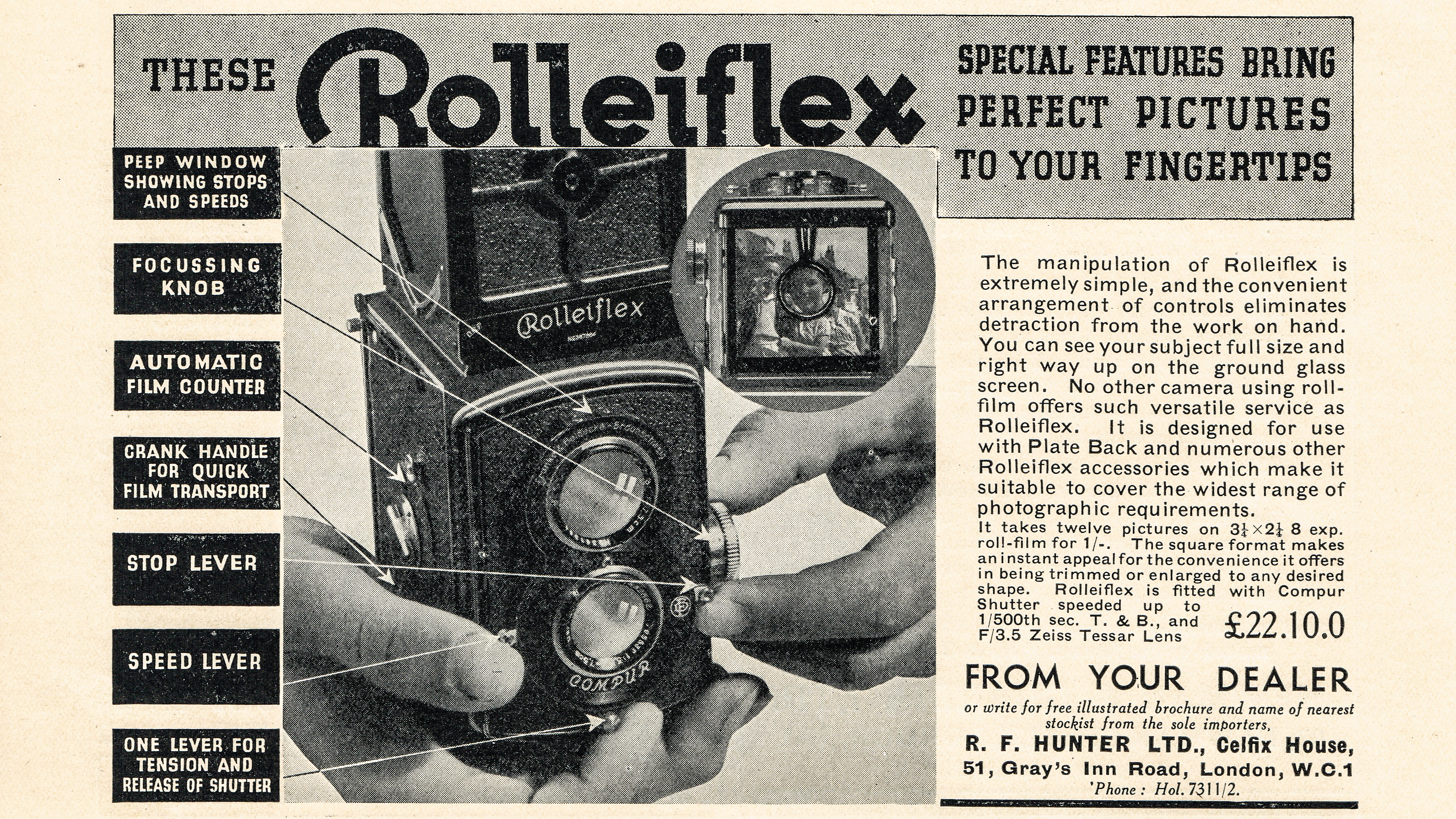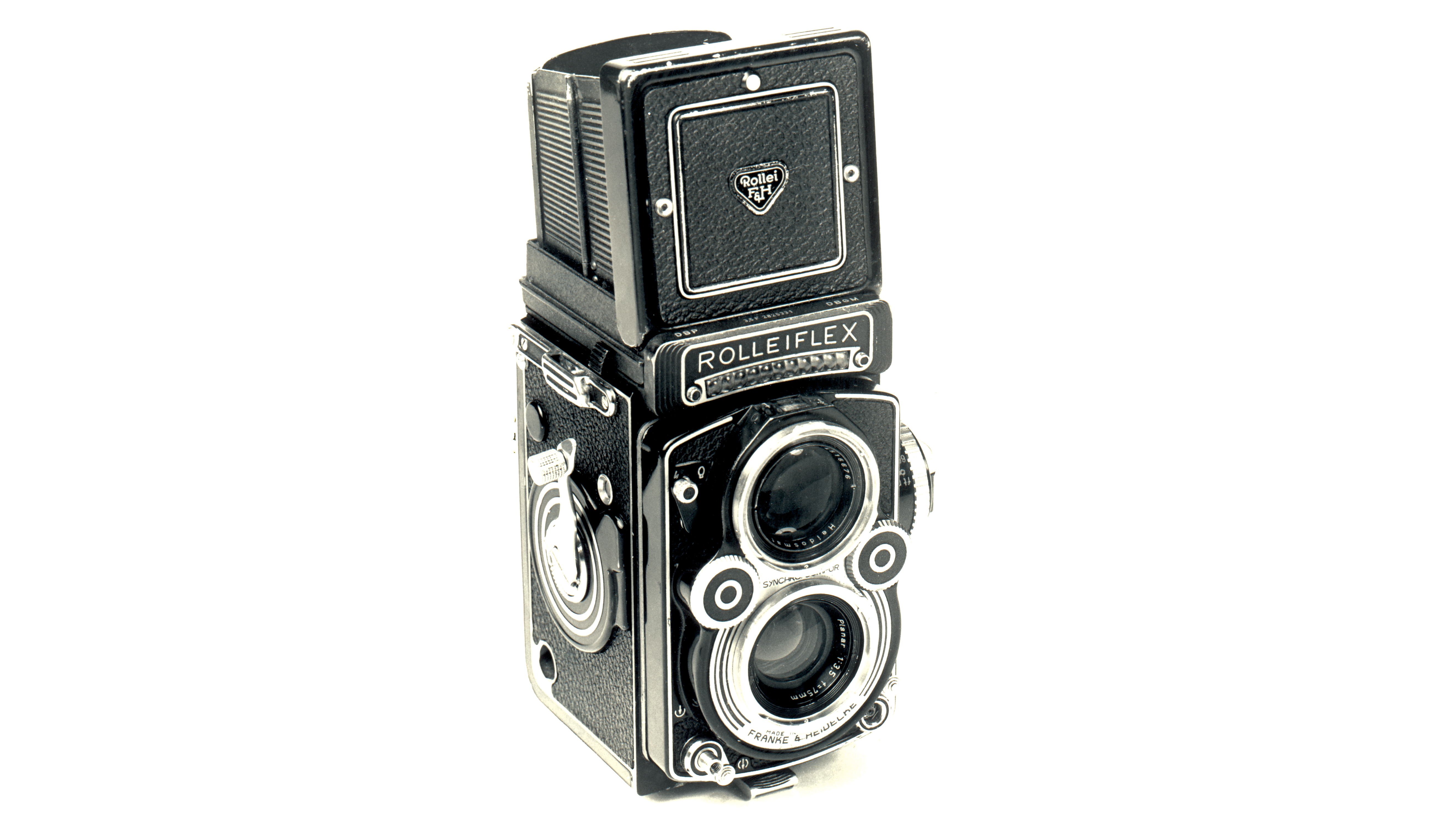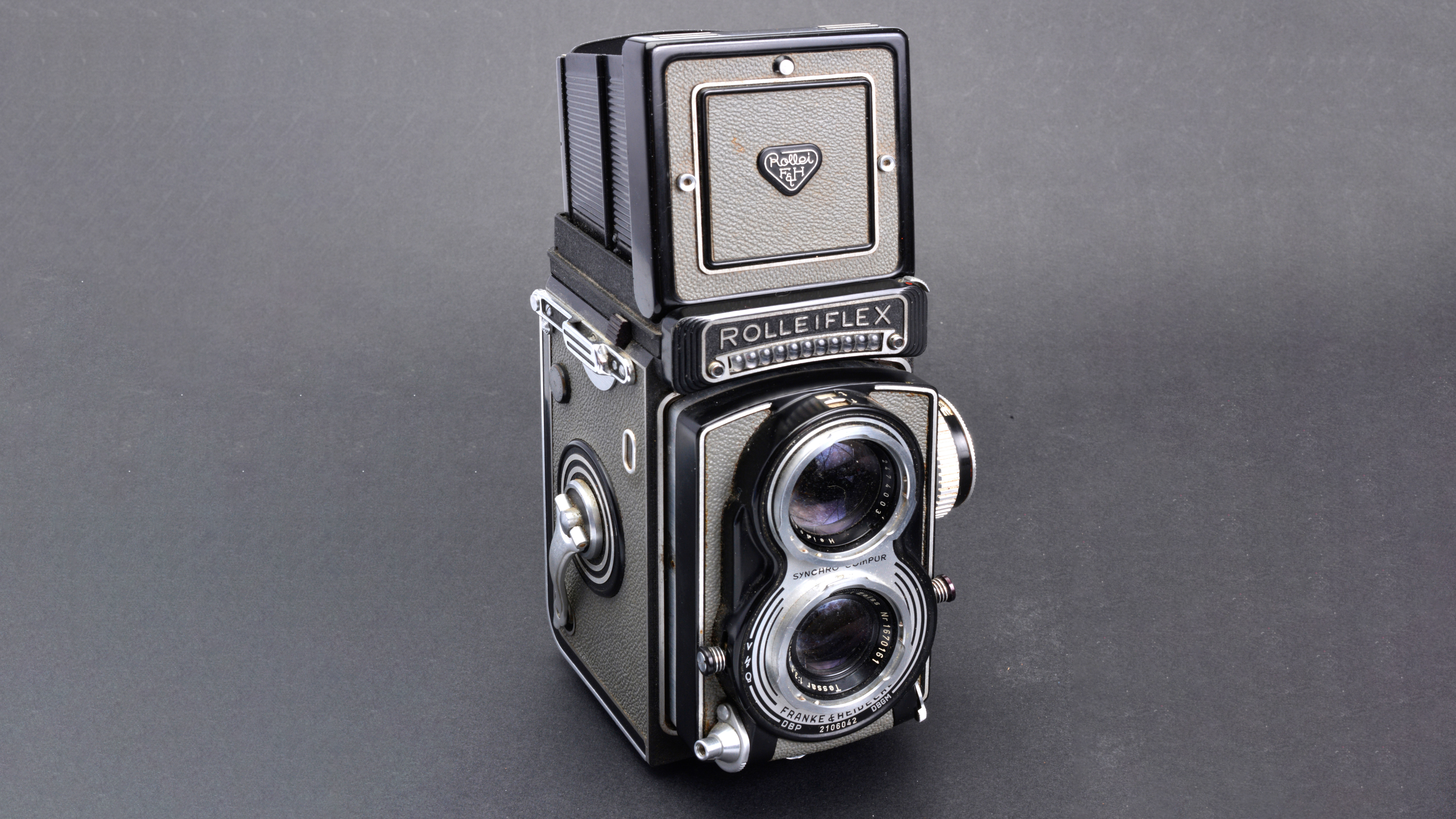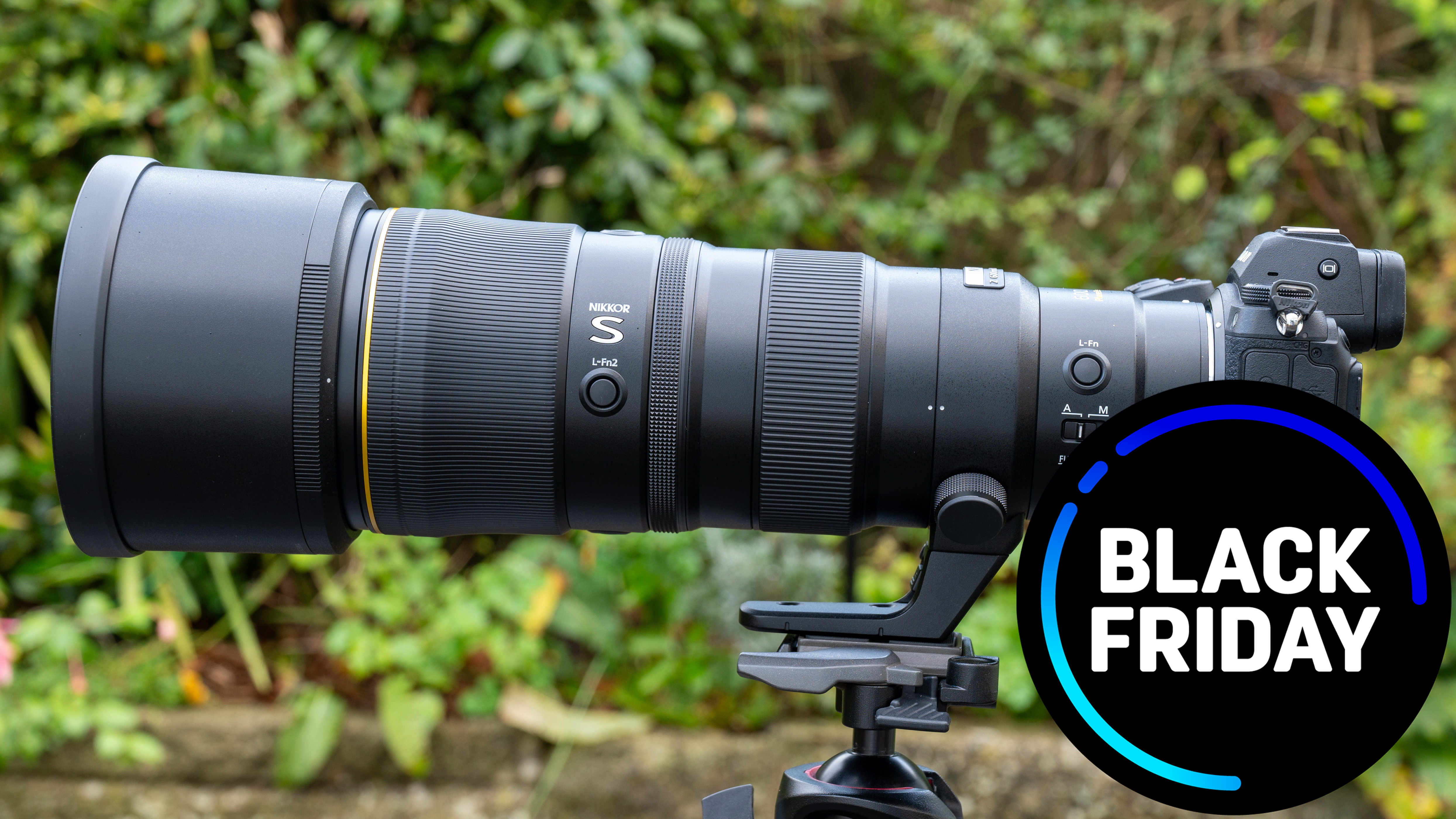The curious history of the Rolleiflex twin-lens reflex camera
The twin-lens Rolleiflex was the camera of choice for both professional and amateur photographers for around 50 years
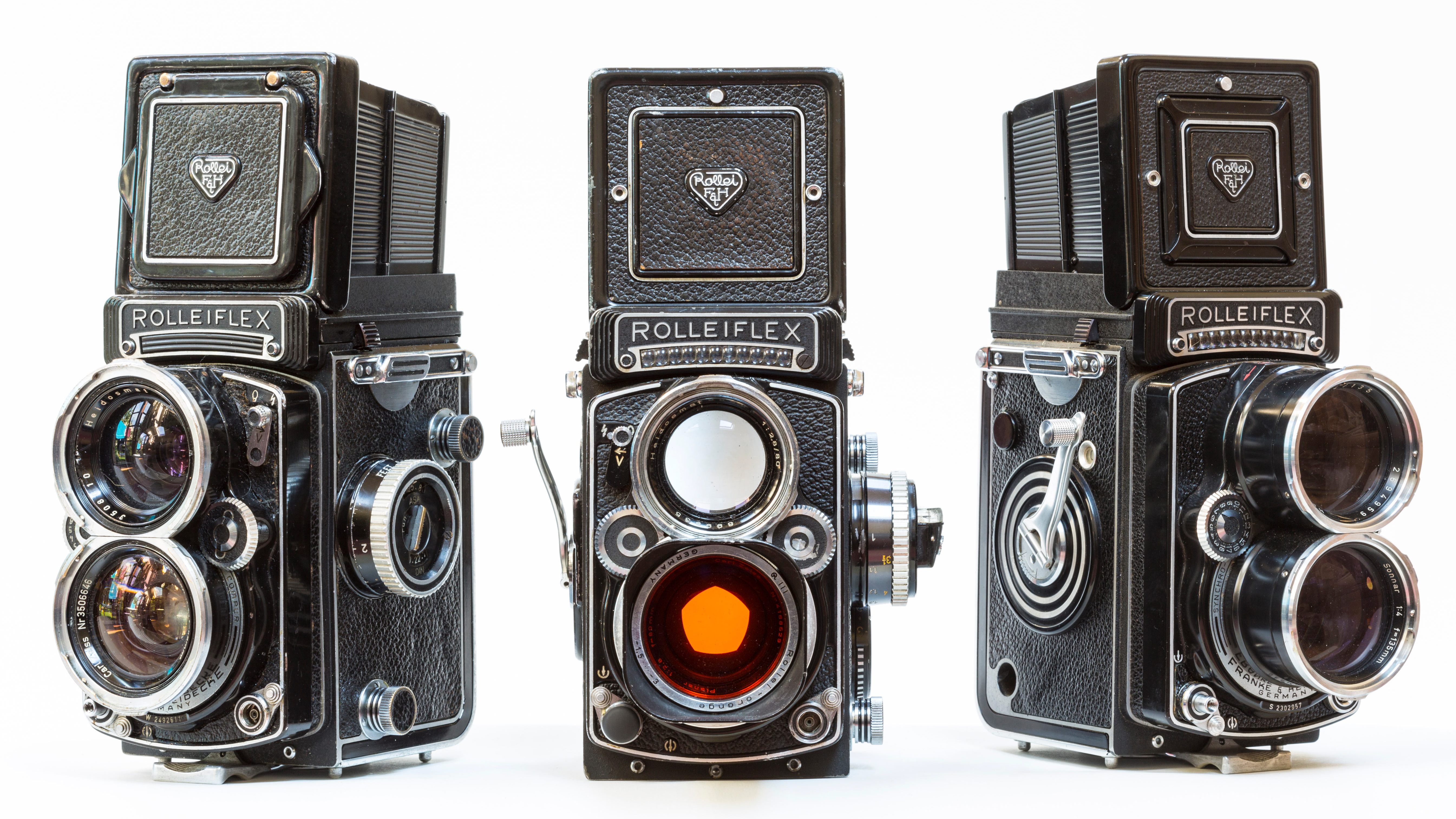
In photography, necessity has always been the mother of invention – and a number of very pressing needs gave rise to the Rolleiflex twin-lens reflex (TLR) camera, a design that survived for 70 years.
The story begins in 1905 when a young German engineer, Reinhold Heidecke, joined Voigtländer – then a manufacturer of telescopes and binoculars – to start a new camera design department.
In 1909, an 18-year-old called Paul Franke also started working at Voigtländer, as an unpaid apprentice, and this was to be the start of a long-term working relationship.
Franke only stayed at Voigtländer for two years and he eventually ended up running a photography shop in Berlin where many of his customers were soldiers fighting in World War I.
They continually requested a portable and easy-to-use camera, comparable to the Kodak folding No 3A camera used by the American troops. Franke went to Voigtländer to see if the company had such a camera and was reacquainted with Heidecke.
Ever the inventor, Heidecke had been working on a design specifically for use by soldiers in the trenches and had come up with what was essentially an upside-down TLR.
He’d decided against a bellows-type camera like the Kodak, after rats chewed through the fabric of his own example. And besides, he rightly reasoned, soldiers needed to photograph over the top of a trench without getting shot in the process.
The best camera deals, reviews, product advice, and unmissable photography news, direct to your inbox!
Consequently, he devised a rigid-body camera that was raised above the trench lip on a small scissors lift and had a viewfinder that was used a bit like a periscope.
Heidecke built a prototype of his ‘trench camera’, but Voigtländer wasn’t interested in any new designs because it was selling everything it could make anyway.
However, Paul Franke was interested in Heidecke’s camera – but as it was only a concept, nothing much happened until the war ended and returning soldiers began again demanding a workable portable camera.
Reinhold Heidecke reworked his rollfilm TLR so that it was operated the right way up, and re-presented the idea to Voigtländer – which again rejected it, this time because of the cost of the new tooling (a major concern in Germany’s shattered post-war economy).
Heidecke decided to manufacture the camera himself and, after his application for a loan was rejected by the bank, he wrote to Paul Franke requesting his help with funding.
Franke came from a wealthy family and had been successful in his business, so he agreed to invest in Heidecke’s new venture. In 1919, the company of Franke & Heidecke was established in the German city of Braunschweig.
Germany’s raging inflation further delayed the debut of Reinhold Heidecke’s TLR, so he instead spent his time designing a new factory that would be capable of building 20,000 cameras a year.
Production finally began in 1928 and the first model, simply called the Rolleiflex, was shown to the press on December 10. It could be had with either an f/3.8 or an f/4.5 75mm Zeiss Tessar taking lens and accepted 117 rollfilm, which was advanced via a wind-on knob and gave half a dozen 6x6cm frames.
Sales started in 1929 and, by the end of the year, the company had back orders for 8,000 cameras, which was enough to convince the bank to loan the funds for the new factory.
This commenced production in 1932 – by which time 28,000 original Rolleiflexes had been sold – and the first camera to be made at the new factory was the 4x4cm ‘baby’ Rolleiflex, which used 127 film and had either an f/2.5 or f/3.8 60mm Tessar taking lens.
However, the most important development in this year was the introduction of the Mk II 6x6cm Rolleiflex – now known as the original Standard Rolleiflex 620 – that used 120 film to give 12 exposures on a roll. This model also introduced the lever-type film winder and had a 75mm f/4.5 Tessar lens.
In 1933, the first Rolleicord was introduced and featured stamped metal ‘art deco’ panels. It was designed as a budget version of the Rolleiflex and intended to counter any cheap imitations that might appear on the market.
It had a Zeiss 75mm f/4.5 Triotar lens and cost less than half the price of a Rolleiflex, although the art deco look wasn’t a great hit with buyers – so a black version, with an f/3.8 lens, appeared at the end of 1934.
The next big development came in 1937 with the launch of the Rolleiflex Automat, which provided automatic shutter recocking when the film was advanced. By 1938, 300,000 Rolleiflexes had been sold and the 400,000 milestone was reached in 1940.
The Rolleiflex Automat continued in production until 1954 and was followed by the ‘3.5 Rolleiflexes’, so named because they all have an f/3.5 taking lens. The significant models were the 3.5E, which was the first Rolleiflex with a built-in selenium light meter (introduced in 1956), and the 3.5F, which had a coupled light meter (introduced in 1958).
A parallel line of Rolleiflex 2.8 models commenced in 1949 with the 2.8A Type 1, which had an 80mm f/2.8 Tessar lens and was hurried into production primarily to complete with the Hasselblad 1600F (which had been unveiled a year earlier).
The millionth Rolleiflex TLR was sold in 1956. From 1958 to 1976 Rollei marketed the T-series cameras, which were ‘economy’ versions of the 3.5 fitted with a 75mm f/3.5 Tessar lens. A notable feature of the T cameras was switching between the 6x6cm and 4.6x6cm formats with automatic frame counter adjustment.
While many photographers equate the Rolleiflex TLR with the 1940s, 1950s and 1960s, production of some models continued well into the 1970s – although by then, demand had declined dramatically.
Mass production of Rolleiflex TLRs officially ended in 1979, although orders were being filled from existing stock into the early 1980s.
As Rollei subsequently lurched from one financial crisis to another, there were various limited editions. And then, in 1987, production restarted with the last-of-the-line Rolleiflex 2.8GX, which had a Rollei Planar HFT 80mm f/2.8 lens along with TTL center-weighted average metering and TTL flash metering.
Despite the many updates along the way, Reinhold Heidecke’s basic design changed little over all that time, an indication of just how brilliantly it was conceived originally.
Check out the best film cameras around today, and read our full history of the rise and fall of the twin-lens reflex camera
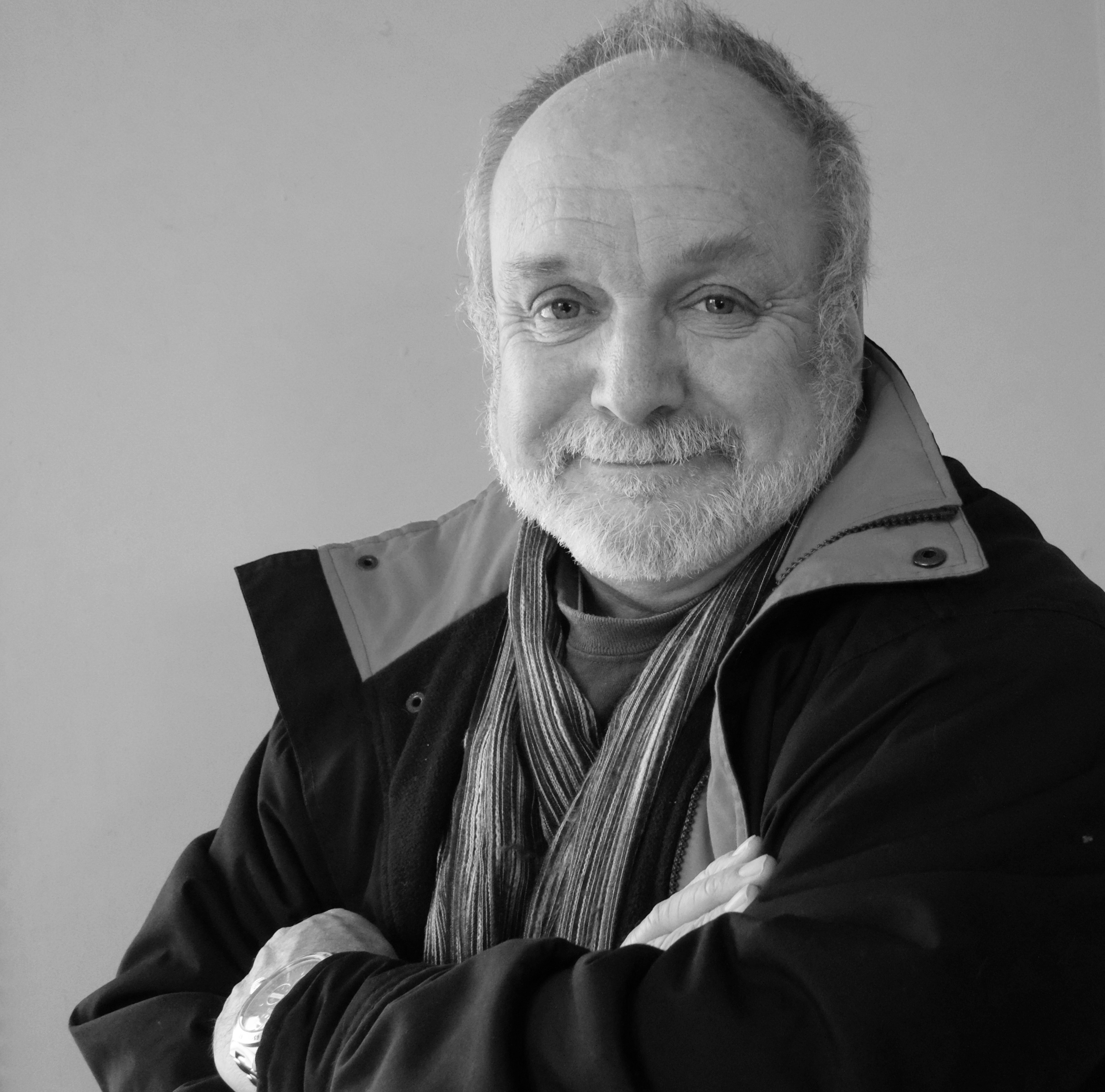
Paul has been writing about cameras, photography and photographers for 40 years. He joined Australian Camera as an editorial assistant in 1982, subsequently becoming the magazine’s technical editor, and has been editor since 1998. He is also the editor of sister publication ProPhoto, a position he has held since 1989. In 2011, Paul was made an Honorary Fellow of the Institute Of Australian Photography (AIPP) in recognition of his long-term contribution to the Australian photo industry. Outside of his magazine work, he is the editor of the Contemporary Photographers: Australia series of monographs which document the lives of Australia’s most important photographers.
You must confirm your public display name before commenting
Please logout and then login again, you will then be prompted to enter your display name.
